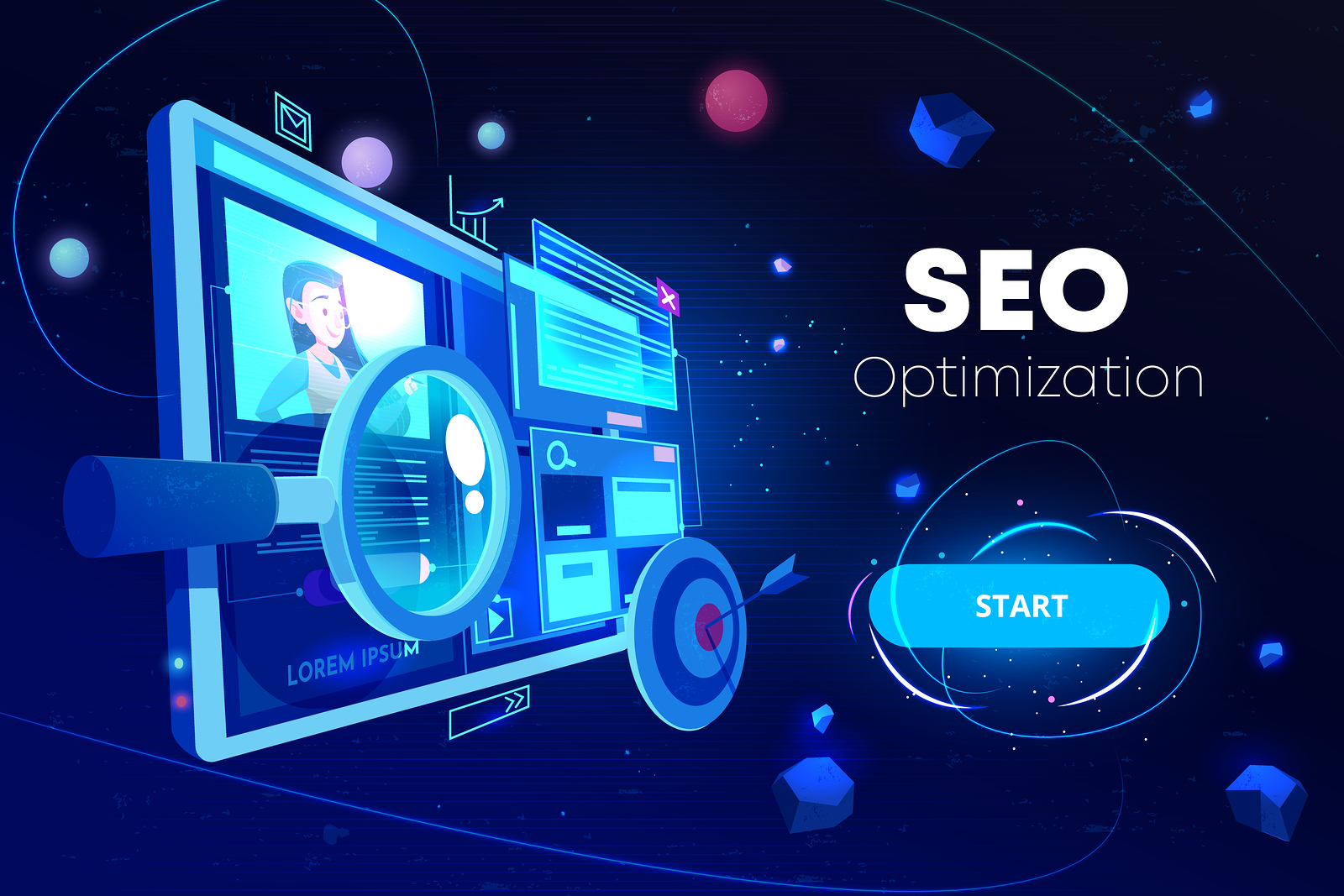On-page SEO: Guidelines That You Should Follow

On-page SEO refers to the practice of optimizing web pages to improve a website’s search engine ranking and earn organic traffic in return. Apart from publishing high quality, relevant content, On-Page SEO involves optimizing your HTML tags (header, title, and meta), headlines and images. It also means ensuring your website has a high level of authority, trustworthiness, and expertise. Through the process, it considers several aspects of the webpage that, if added together, will help improve your website’s visibility in the search results. It is necessary because it helps search engines in getting to know your website and its content, along with identifying whether it is relevant to a searcher’s query. Paying close attention to these On-Page SEO guidelines will improve your authority, content, and help increase your traffic, conversions, and rankings.
1.Title Tag:
The Title or HTML tag exists in the head section of each webpage, offers an initial context, and clue as to what the subject matter is of the respective page it is on. It is featured prominently in the search engine result pages and the browser window.
2.Meta description:
Meta descriptions have been an essential optimization point since the early days of SEO. Meta tags and descriptions that explain what the page is about are often displayed in the SERPs under the title of the page. They can help improve the perceived quality of the result, click-through rate, and perception of what your website offers.
3.Header Tags:
These are HTML elements that are used to identify headings and subheadings within your content from other types of text. They aren’t as critically necessary for your site rankings like they once used to be, but these tags still serve an essential purpose for your SEO and users.
4.Headlines:
You should start writing compelling headlines if you want your site content to perform well on the search engine. Devising title for a blog post might seem too basic, but a great headline can create the difference between a click and an impression- That’s why it is so vital to creating them strategically. Your headlines need to spark interest for them to stand out on the SERPs.
5.E-A-T:
It stands for Expertise, Authoritative, and Trustworthiness and is the framework that Google caters to use to assess webpages, content creators, and webpages. Google has always put a focus on high-quality content. It wants to make sure that sites that produce high-quality content are rewarded with better rankings than sites that create low-quality content. There’s a clear relationship between what Google considers high-quality content and what appears in the search results.
6.Keyword cannibalization:
You might think that the more pages you have targeting a keyword, the better you are going to rank for that keyword, but sadly it isn’t true. Targeting a definite term across multiple pages can result in keyword cannibalization which can create potentially disastrous consequences for your SEO. If you have various pages ranking for the same keyword, you’re competing with yourself.
7.User engagement:
Magnifying your website’s On-Page SEO elements is only half the struggle. The other half lies in making sure that the users will not bounce, instead, they should continue viewing your content, keep coming back for more and keep interacting with it. Retaining engaged users is a huge challenge which is fortunately doable. To increase your user engagement, pay attention to aspects such as user experience, site speed, and content optimization among others.
8.Image optimization:
Adding images to your webpages is a great way to make them look appealing. But not all images are created equally as some can even slow your website down. Optimizing images suitably will help you make use of a valuable SEO asset. Image optimization offers many advantages such as faster page load time, additional ranking opportunities, and better user experience.





